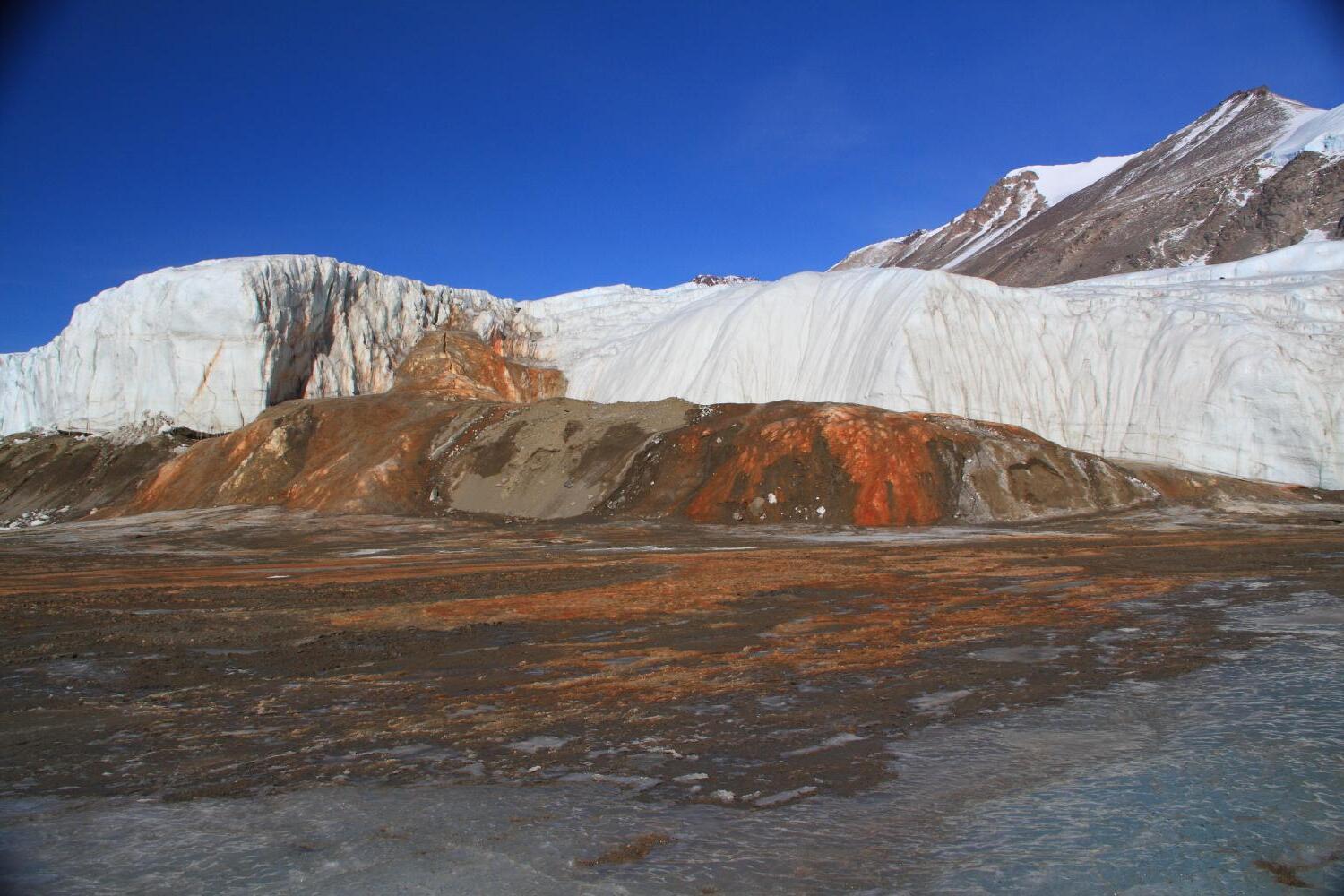Antarctica’s Hidden Rusty Waterfall Mystery

Have you ever heard of a rusty waterfall in the middle of Antarctica? It sounds strange, right? This unusual sight, known as Blood Falls, has puzzled scientists and travelers alike. Located in the McMurdo Dry Valleys, Blood Falls gets its eerie red color from iron-rich water that oxidizes when it comes into contact with the air. The water emerges from a subglacial lake that has been trapped under the ice for millions of years. This natural wonder not only looks fascinating but also offers clues about life in extreme conditions. Ready to learn more about this icy enigma? Let's dive in!
Antarctica's Hidden Rusty Waterfall Mystery
Antarctica, the frozen continent, holds many secrets. Among its icy landscapes lies a peculiar phenomenon that has baffled scientists and adventurers alike: the rusty waterfall. This natural wonder, known as Blood Falls, offers a glimpse into the mysteries of our planet's most remote regions.
What is Blood Falls?
Blood Falls is a unique waterfall that flows from the Taylor Glacier in East Antarctica. Its striking red color comes from iron-rich water that oxidizes when it comes into contact with the air. This eerie sight has fascinated researchers and travelers for years.
How Was Blood Falls Discovered?
Blood Falls was first discovered in 1911 by Australian geologist Griffith Taylor. While exploring the McMurdo Dry Valleys, he stumbled upon this unusual red-stained glacier. Since then, it has become a subject of scientific curiosity and exploration.
Why is Blood Falls Red?
The red hue of Blood Falls is due to the presence of iron oxide in the water. When the iron-rich water from a subglacial lake beneath the glacier is exposed to oxygen, it rusts, giving the waterfall its blood-like appearance. This process is similar to how iron rusts when exposed to air.
What Lies Beneath the Glacier?
Beneath the Taylor Glacier lies a subglacial lake that has been isolated for millions of years. This ancient body of water is rich in iron and other minerals, creating a unique ecosystem. Scientists believe that studying this lake can provide insights into extreme life forms and the history of our planet.
How Do Scientists Study Blood Falls?
Researchers use various methods to study Blood Falls and the subglacial lake beneath it. These include:
- Ice Drilling: Scientists drill through the glacier to collect water and ice samples from the subglacial lake.
- Remote Sensing: Satellites and aerial surveys help map the glacier and monitor changes over time.
- Chemical Analysis: Laboratory tests analyze the composition of the water and minerals found in Blood Falls.
- Microbial Studies: Researchers examine microorganisms in the water to understand how life can survive in extreme conditions.
What Can We Learn from Blood Falls?
Studying Blood Falls can teach us about:
- Climate Change: Understanding how glaciers and subglacial lakes respond to climate change can help predict future impacts.
- Astrobiology: The extreme conditions at Blood Falls resemble environments on other planets, offering clues about potential extraterrestrial life.
- Earth's History: The isolated subglacial lake provides a window into ancient Earth, revealing information about past climates and geological processes.
Visiting Blood Falls
While visiting Antarctica is no easy feat, those who make the journey can witness the eerie beauty of Blood Falls. Here are some tips for those adventurous enough to explore this frozen wonder:
- Join a Research Expedition: Some scientific expeditions allow limited participation from the public.
- Travel with a Tour Operator: Specialized tour operators offer trips to Antarctica, including visits to the McMurdo Dry Valleys.
- Prepare for Extreme Conditions: Ensure you have the right gear and physical fitness for the harsh Antarctic environment.
Antarctica's Blood Falls remains one of the most intriguing natural wonders on our planet. Its rusty waters continue to captivate scientists and adventurers, offering a glimpse into the hidden mysteries of our world.
The Enigma of Blood Falls
Blood Falls in Antarctica remains one of nature's most intriguing mysteries. The rusty waterfall, with its striking red hue, has fascinated scientists and travelers alike. This phenomenon is caused by iron-rich water from a subglacial lake that oxidizes when it comes into contact with air. The discovery of this hidden lake and its unique ecosystem has provided valuable insights into life in extreme conditions.
Visiting Blood Falls isn't easy due to its remote location and harsh environment. However, for those who make the journey, it's a sight unlike any other. The combination of scientific curiosity and natural beauty makes Blood Falls a must-see for adventurers and researchers.
Understanding Blood Falls helps us appreciate the wonders of our planet and the secrets it still holds. This natural marvel continues to inspire awe and curiosity, reminding us of the incredible diversity of Earth's landscapes.

